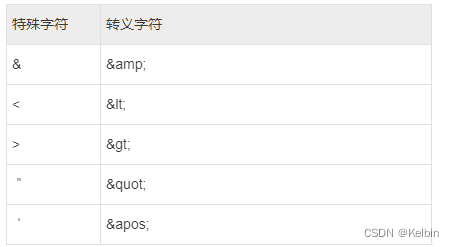第五篇 Spring 集合注入、作用域

前言
本章节讲解spring里如何注入集合,以及spring bean的作用域
1、注入
1.1、注入集合
| 标签 | 说明 |
|---|---|
| <list> | 用于注入 list 类型的值,允许重复 |
| <set> | 用于注入 set 类型的值,不允许重复 |
| <map> | 用于注入 key-value 的集合,其中 key 和 value 都可以是任意类型 |
| <props> | 用于注入 key-value 的集合,其中 key 和 value 都是字符串类型 |
import java.util.Arrays;
import java.util.List;
import java.util.Map;
import java.util.Set;/* 集合注入*/
public class CollectionDI {/* 数组注入*/private String[] permissions;/* list注入*/private List<String> student;/* map注入*/private Map<String,String> maps;/* Set注入*/private Set<String> cities;public String[] getPermissions() {return permissions;}public void setPermissions(String[] permissions) {this.permissions = permissions;}public List<String> getStudent() {return student;}public void setStudent(List<String> student) {this.student = student;}public Map<String, String> getMaps() {return maps;}public void setMaps(Map<String, String> maps) {this.maps = maps;}public Set<String> getCities() {return cities;}public void setCities(Set<String> cities) {this.cities = cities;}@Overridepublic String toString() {return "CollectionDI{" +"permissions=" + Arrays.toString(permissions) +", student=" + student +", maps=" + maps +", cities=" + cities +'}';}
}
<?xml version="1.0" encoding="utf-8" ?>
<beans xmlns="http://www.springframework.org/schema/beans"xmlns:xsi="http://www.w3.org/2001/XMLSchema-instance"xsi:schemaLocation="http://www.springframework.org/schema/beanshttp://www.springframework.org/schema/beans/spring-beans-3.0.xsd"><bean id="collectionDI" class="com.xxx.spring.bean.CollectionDI"><property name="permissions"><array><value>新闻管理</value><value>系统管理</value></array></property><property name="student"><list><value>张三</value><value>李四</value></list></property><property name="maps"><map><entry key="1" value="军事"/><entry key="2" value="时事"/></map></property><property name="cities"><set><value>北京</value><value>上海</value><value>深圳</value><value>广州</value></set></property></bean>
</beans>
集合对象为某个类型,则可用 <ref bean="xxxx”/>或者
<list><bean class="xxx"><!--设置bean的属性--></bean>
</list>
1.2、其他注入
1.2.1、注入null或者空串
<!--使用null 标签注入 Null 值--><property name="propertyNull"><null/></property><!--使用空参数注入空字符串--><property name="propertyEmpty" value=""></property>
1.2.2、注入字面量

<!--通过转义注入包含特殊符号的字面量-->
<property name="propertyLiteral" value="<Java从入门到精通>">
</property>
1.2.3、使用短字符串 <![CDATA[]]>
<!--使用 <![CDATA[]]> 将包含特殊符号的字面量注入-->
<property name="propertyLiteral"><value><![CDATA[<www.baidu.com>]]></value>
</property>
1.2.4、级联属性赋值
在 <bean> 的 <property> 子元素中,为它所依赖的 Bean 的属性进行赋值,这就是所谓的“级联属性赋值”
使用级联属性赋值时,需要注意以下 3点:
- Java 类中必须有 setter 方法;
- Java 类中必须有无参构造器(默认存在);
- 依赖其他 Bean 的类中,必须提供一个它依赖的 Bean 的 getXxx() 方法
<property name="dependBean.dependProperty" value="级联属性赋值"></property><bean id="dependBean" class="com.xxx.spring.bean.DependBean"><!--对属性进行赋值--><property name="dependProperty" value=""></property> </bean>


